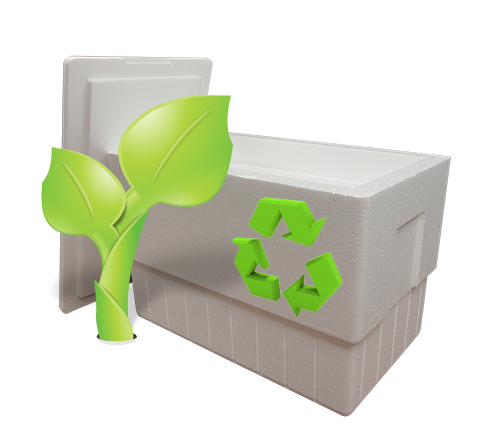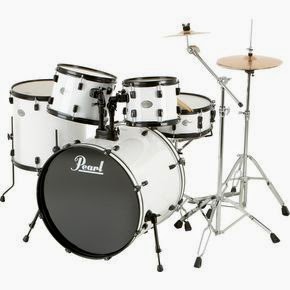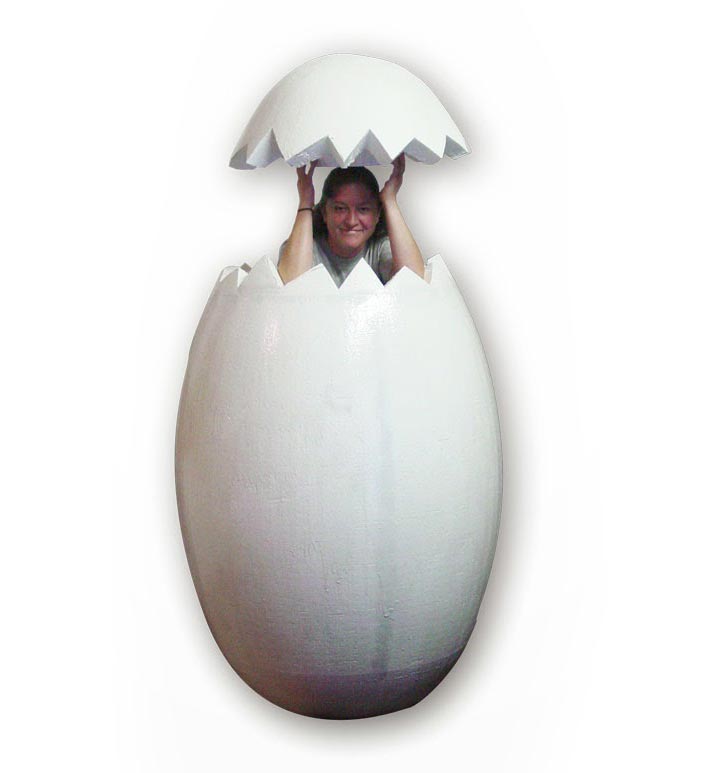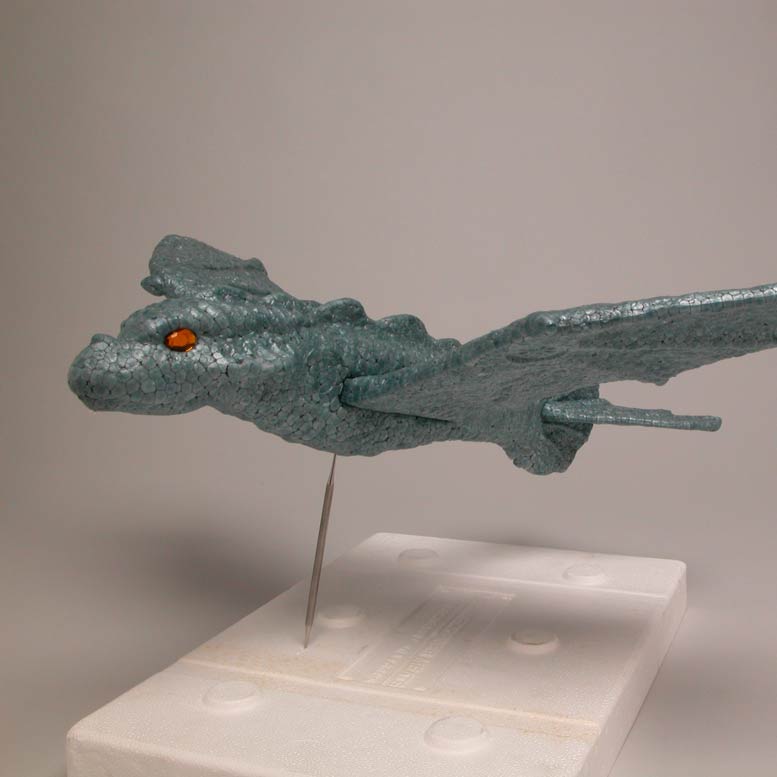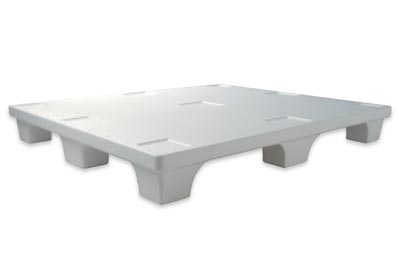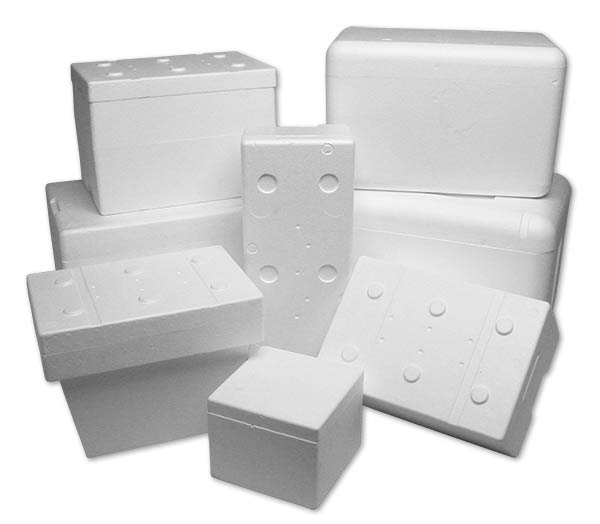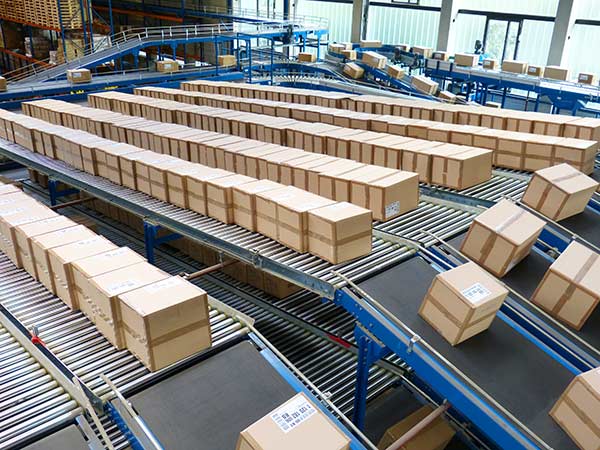
So you’ve just received that drum set that you have been eagerly waiting for. The task of ordering it online was no problem but the anticipation of your purchase’s delivery at your doorstep makes you a little uneasy. You spent a lot of money on the drum set and, like most people when they order something fragile online, you are worried about the damage that the product might suffer from shipping — after all, it is a bumpy ride to your home.
Fast forward to you opening that huge box, and voila! Your drum set is all perfectly intact with EPS foam packaging enveloping it. All your worries are set aside. Well before your purchased products come at your door or even to the store, many processes are involved to achieve this outcome. Intelligent planning by the manufacturer and/or packaging company on how to best protect the product is critical to avoid extra costs. This planning employs different types packing materials to ensure the right protection from damages.

EPS Packing foam is often used for protecting and cushioning surfaces as well as insulating sensitive components. It is extremely versatile and can be fabricated, molded or is even available in sheets.
Bubble wrap is essentially a sheet of plastic that has evenly spaced air-filled sacs. It was originally intended to be 3-dimensional wallpaper, but it failed to get popular support. However, it was found that the use of bubble wrap works well for packing as it isolates shock and vibration.
Packing list envelopes are just like regular envelopes and only differ with the degree of protection of the enclosed documents. They come in cellophane and transparent ones.
Edge protectors are cardboard-like materials that are intended to do the job of protecting chipping and scratching of edges of products. EPS foam corner pads are also viable option here.
Furniture covers are for protecting furniture from any rips, moisture and damages.
Packing peanuts or foam peanuts are made from expanded polystyrene or styrofoam. They are loosely filled in to a fragile material’s packing during shipping.
Packing paper is the most basic type of material in the shipping industry. It is basically just paper which is often used when moving as it is readily available.
While protecting products during shipping by means of packing them properly is effective, products should also have their appropriate packaging to ensure their safe arrival.
If you have been using packing and packaging interchangeably, well, technically you’re wrong. The two actually mean two different things and are just involved in the same process.
Packing has a larger scope than packaging. After products have been individually wrapped, they are then put in larger containers which would hold them while being shipped to other places.
Packaging on the other hand, is the wrapping of products with materials such as cartons, plastic, glass and metals to avoid damages to the contents inside. This can be done individually or in sets. Packaging also gives products more presentation and the proper labeling allows consumers to know what the content is, or what it is intended for. For instance, glasses are commonly used with drinks, and metals are for canned goods and carbonated drinks.
Another type of packaging material which is widely used is made from polystyrene. Generally, polystyrene materials are clear, brittle and hard, and are derived from petroleum. Polystyrene can also be rigid or foam and it is often used for protecting products during shipping. The most effective and popular type is commonly known as EPS foam or Styrofoam packaging.
EPS Foam Packaging is actually derived from extruded polystyrene that is often used for packing fragile items when shipping. It also has properties such as buoyancy and insulation, which why it is often used in life rafts and other aquatic applications. Plus because it is so light, it doesn’t add much weight which is almost always a benefit.
Compared to most other options, EPS foam has three advantages: its cost, light weight and great insulating properties. Going back to the drum set that we were talking about earlier, the foam’s ability to be molded around the intricate edges also make it a front runner. Custom molded eps foam packaging provides effective protection to many products including electronic goods and pharmaceuticals. Moreover, properly designed foam packaging that properly fits items and meets client’s specifications provides more cushioning and safeguards valuable products.
Protecting products during shipping requires the right packing materials and packaging design. This can sometimes cost more than expected but we have seen time and time again that the investment saves companies more in the end. Plus it is always good customer service to ensure the delivery of your products in top shape. Using materials such as foam packaging gives you peace of mind from the potential damages that your products could go through. This includes everything from dropping, vibration from equipment used in transportation, compression from weights of other products that come along with your item, temperature changes which could affect composition of objects, humidity which could make boxes weak and air pressure that could inflate and pop air tight bags.
Come talk with us to see if our custom foam solutions are a good fit for your business. Call 1-800-725-6415 or contact us here.



